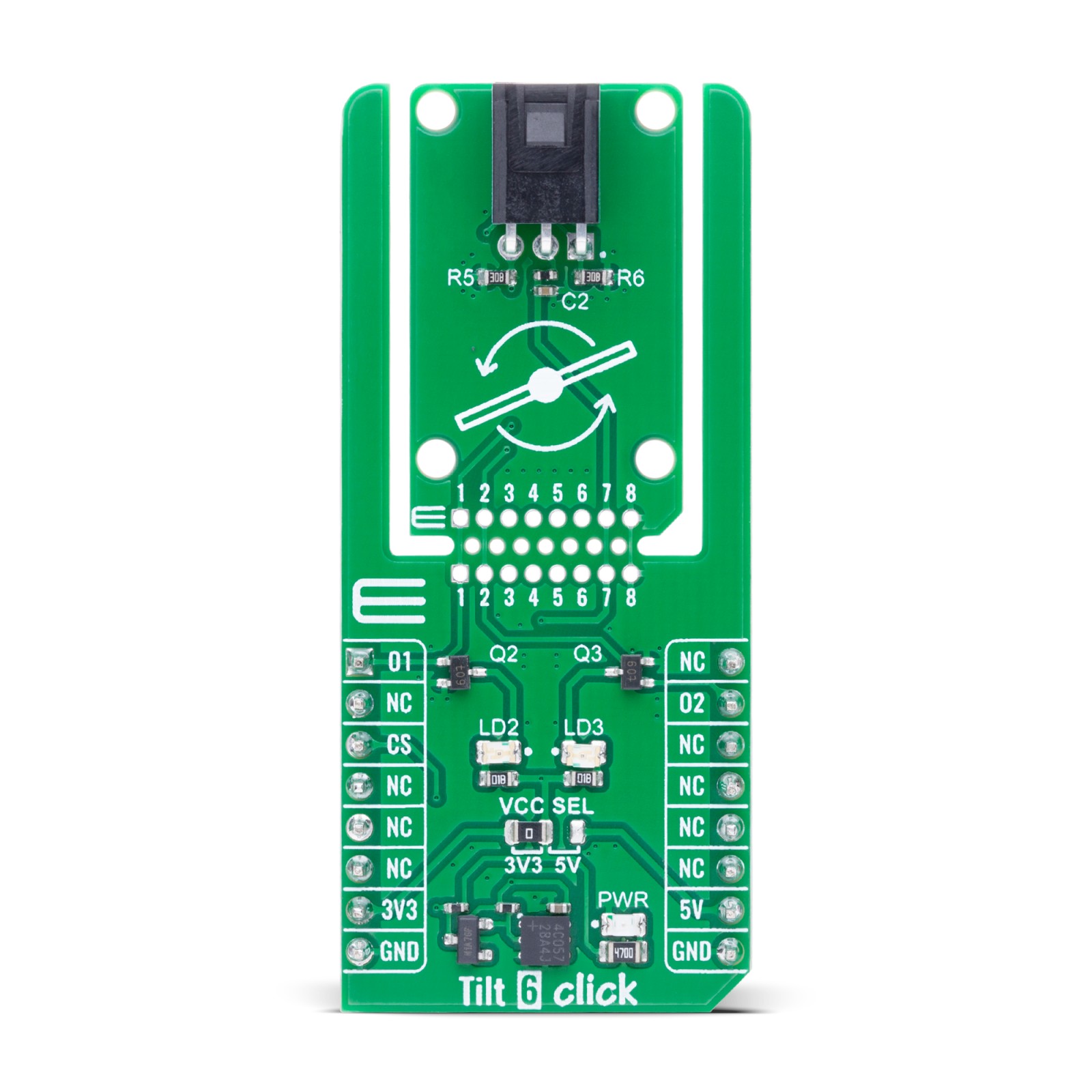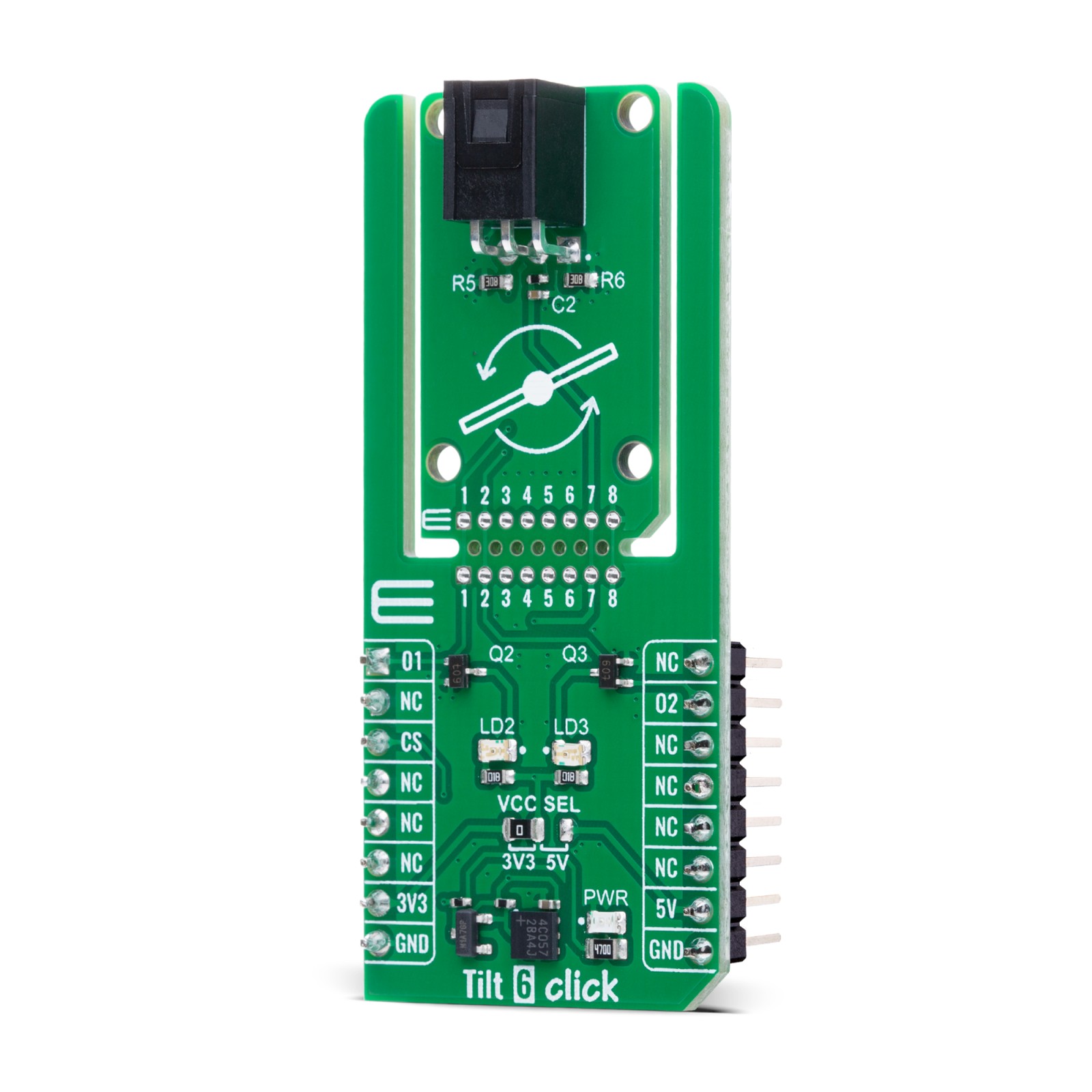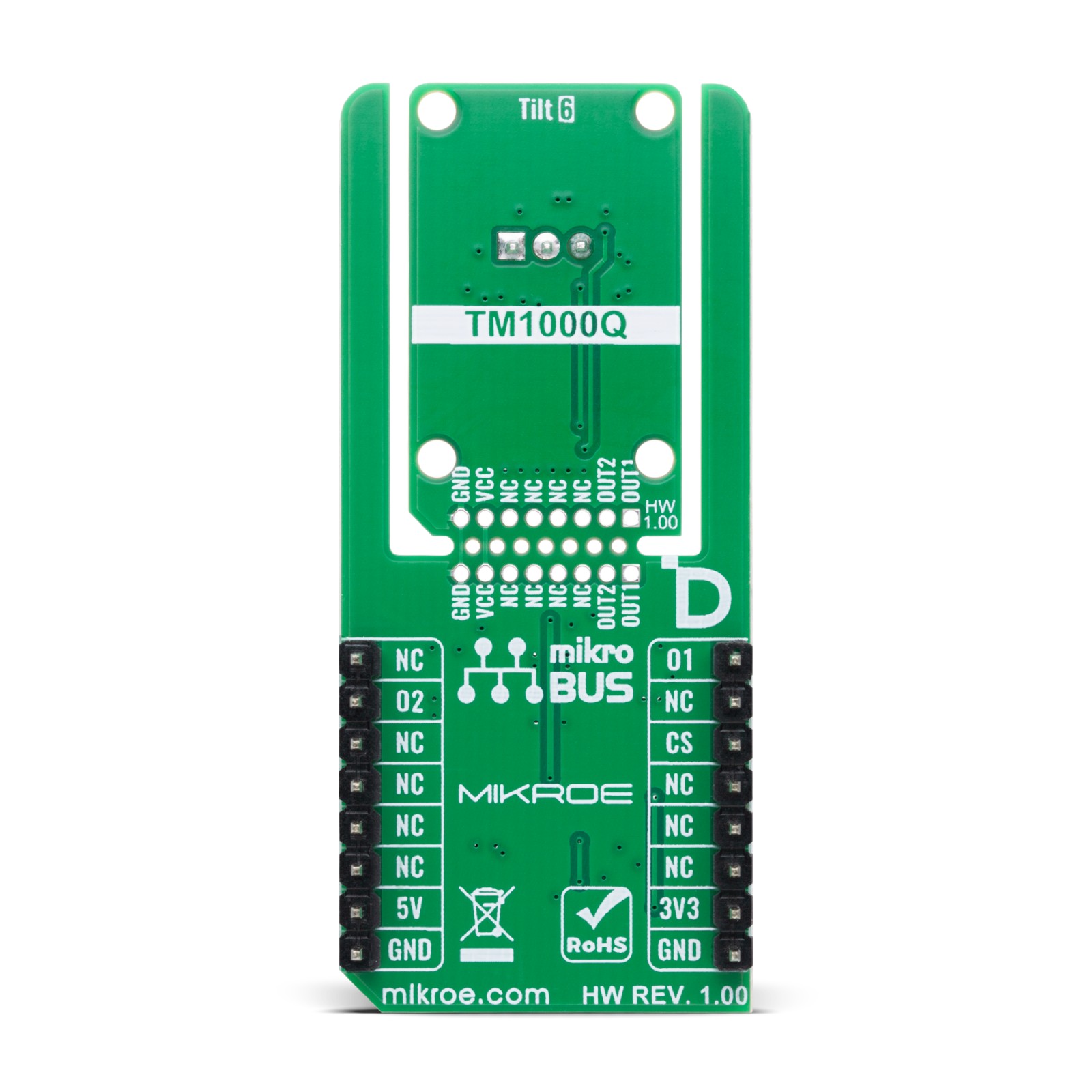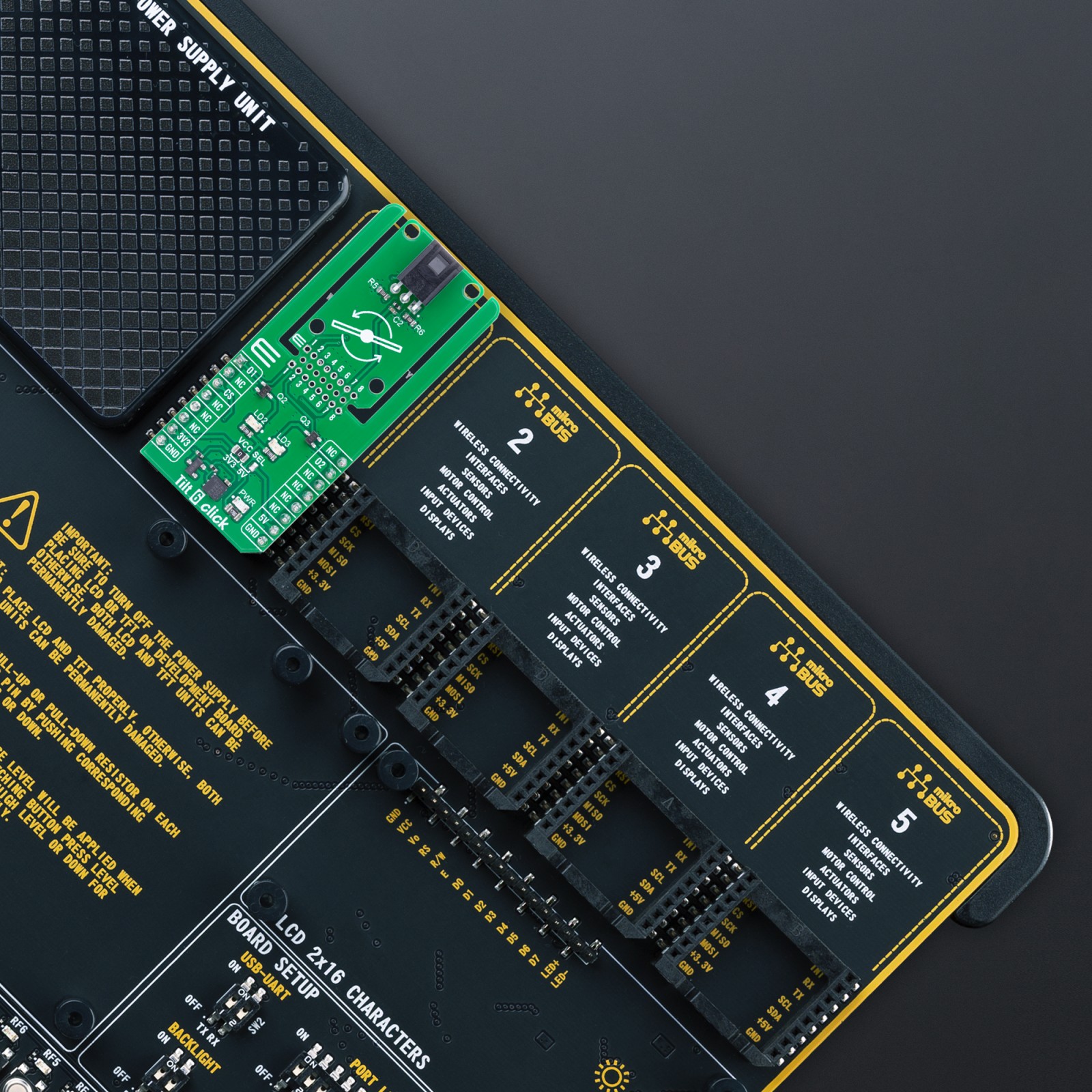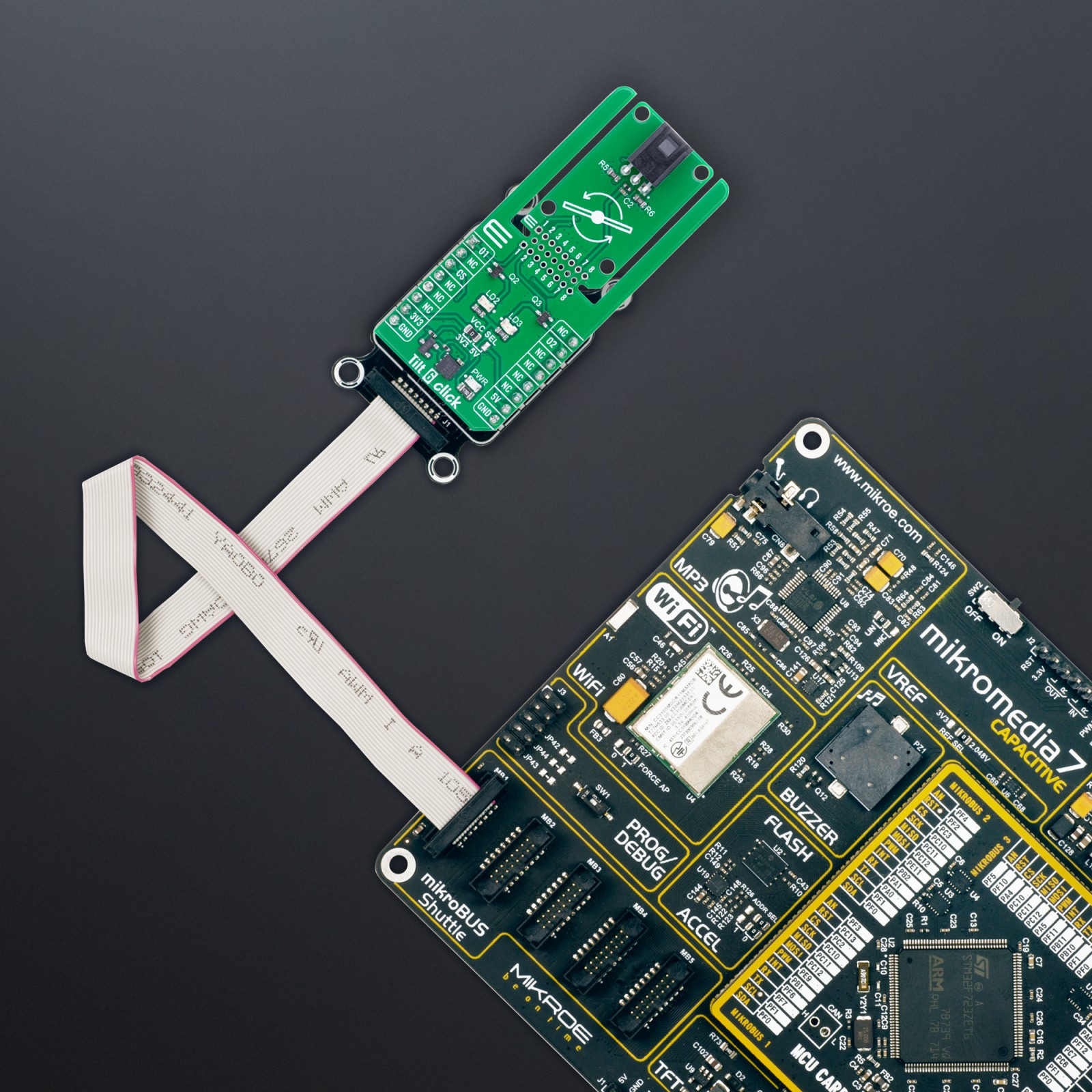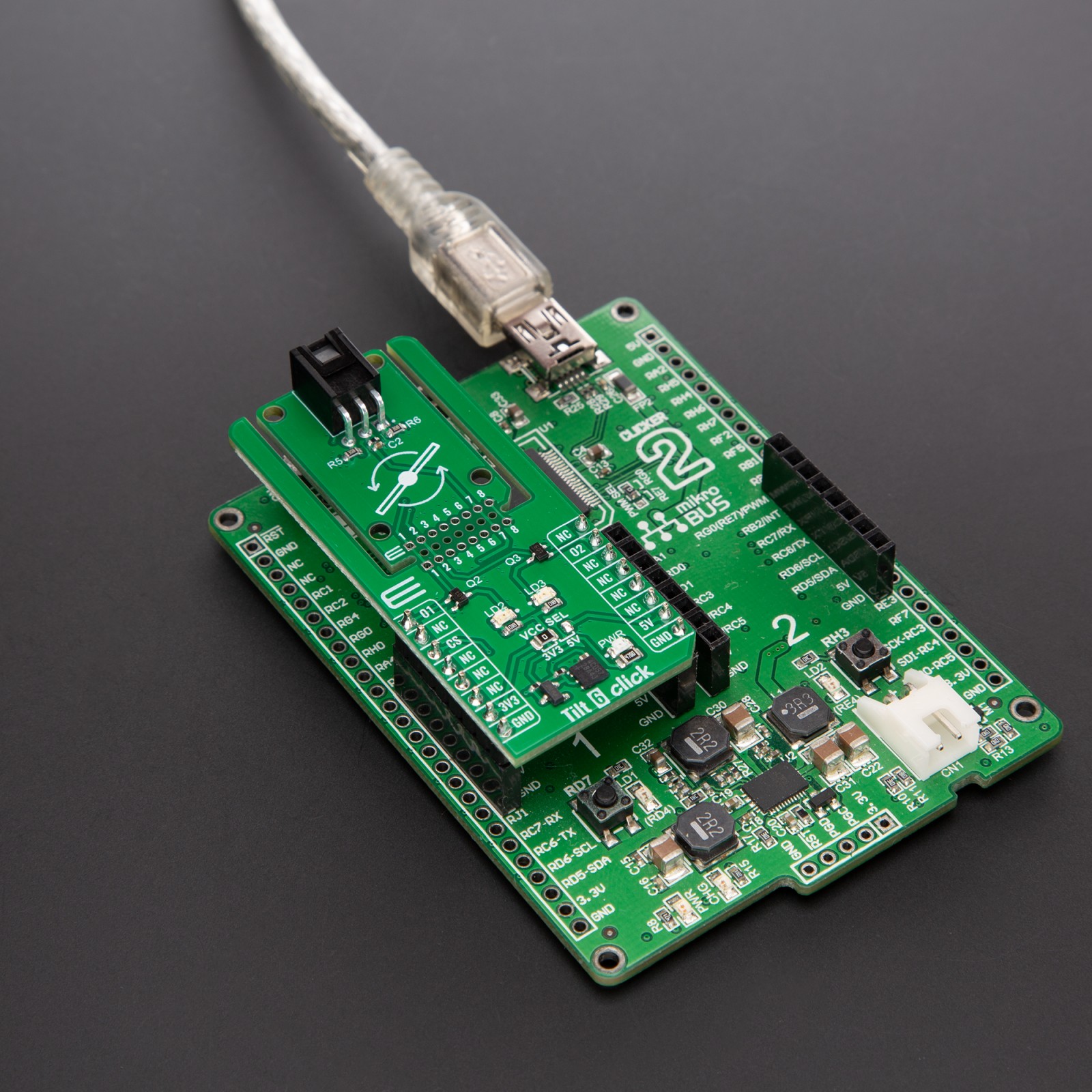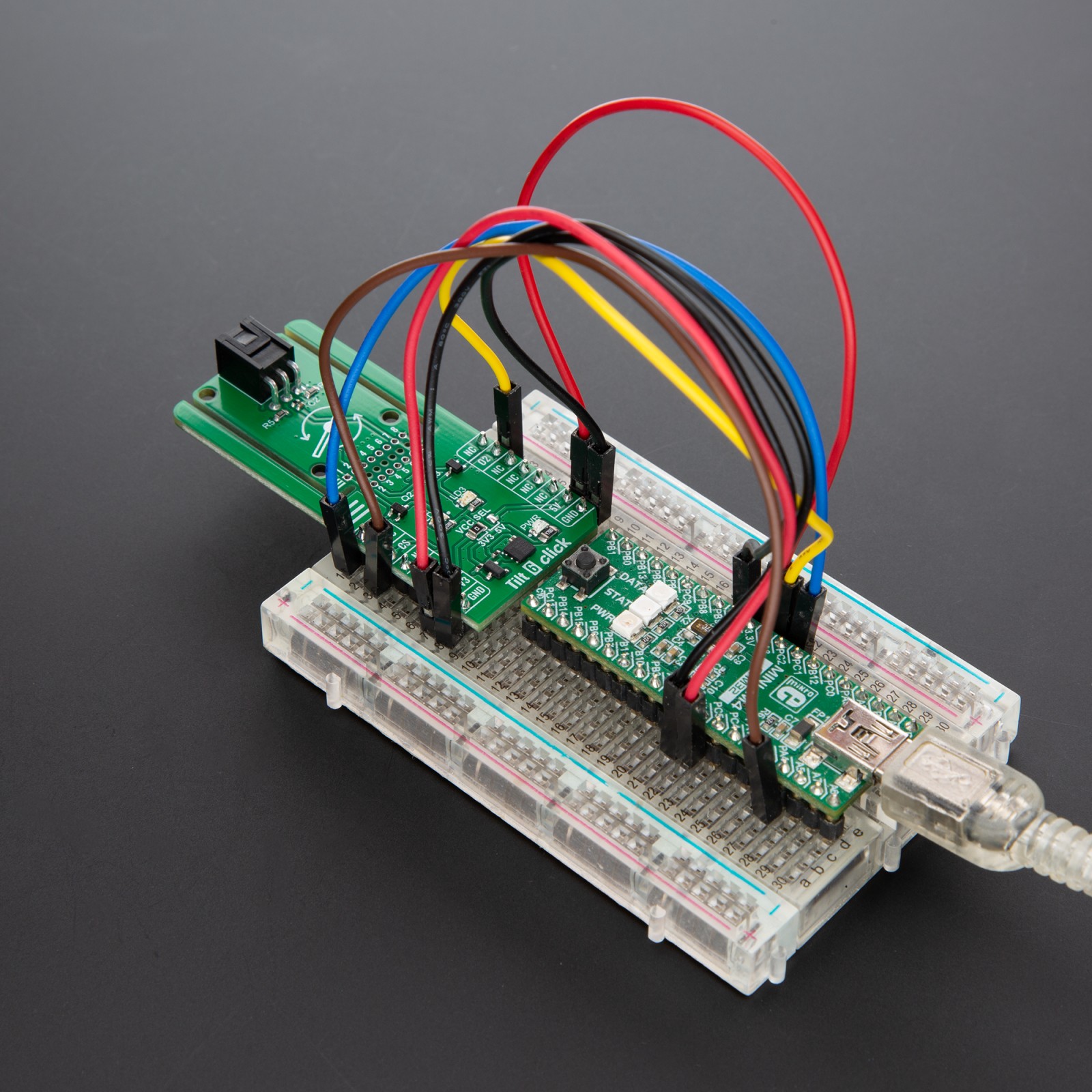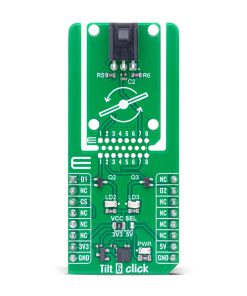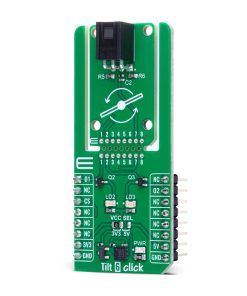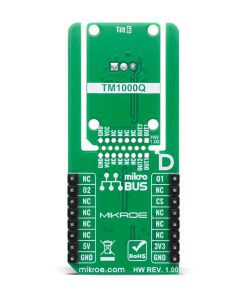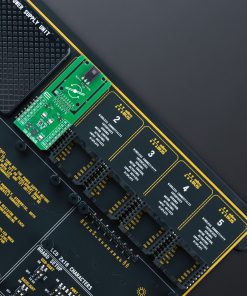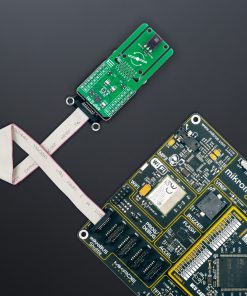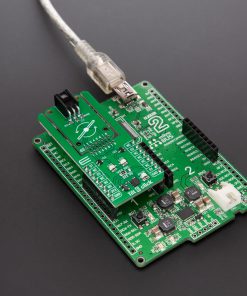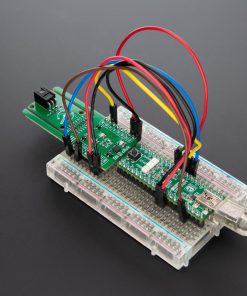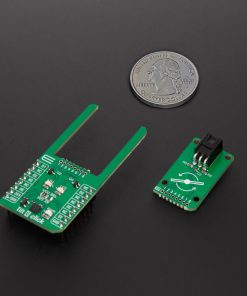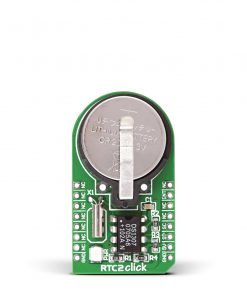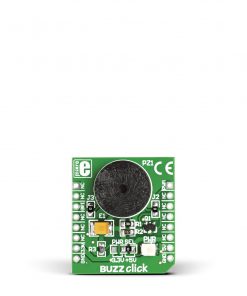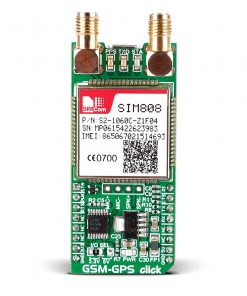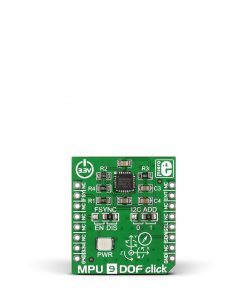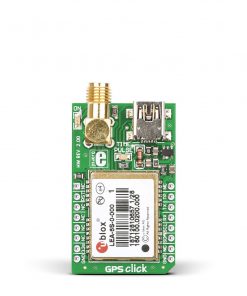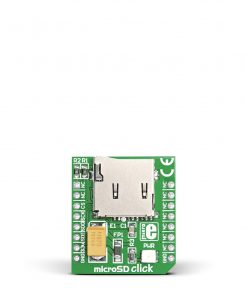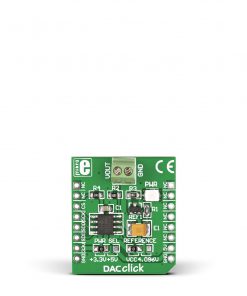Subtotal: R2,760.00
Tilt 6 Click
R240.00 ex. VAT
Tilt 6 Click is a compact add-on board for precise tilt and orientation detection. This board features the TM1000Q tilt switch from E-Switch, known for its high reliability and long operational lifespan. This switch operates with SPST functionality and triggers when tilted at a 45-degree angle from the horizontal plane. The board features two orange LED indicators (LD2 and LD3) that signal left and right tilt directions, with corresponding output signals available on the O1 and O2 pins of the mikroBUS™ socket for further processing by the host MCU. Additionally, Tilt 6 Click supports the Click Snap feature, allowing the main IC area to be detached and mounted separately for flexible implementation. It is ideal for industrial equipment, safety systems, and motion-based control applications requiring accurate orientation detection.
Tilt 6 Click is fully compatible with the mikroBUS™ socket and can be used on any host system supporting the mikroBUS™ standard. It comes with the mikroSDK open-source libraries, offering unparalleled flexibility for evaluation and customization. What sets this Click board™ apart is the groundbreaking ClickID feature, enabling your host system to seamlessly and automatically detect and identify this add-on board, alongside a Click Snap feature introducing a new level of flexibility and ease of use.
Stock: Lead-time applicable.
| 5+ | R228.00 |
| 10+ | R216.00 |
| 15+ | R204.00 |
| 20+ | R196.32 |

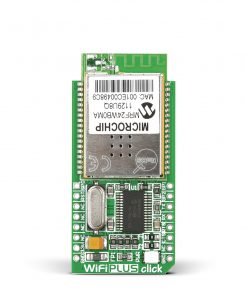 WiFi Plus Click
WiFi Plus Click  HYDROGEN Click
HYDROGEN Click 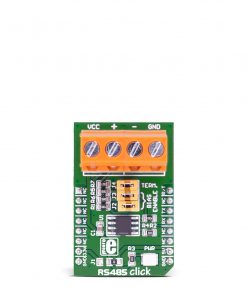 RS485 Click 5V
RS485 Click 5V 